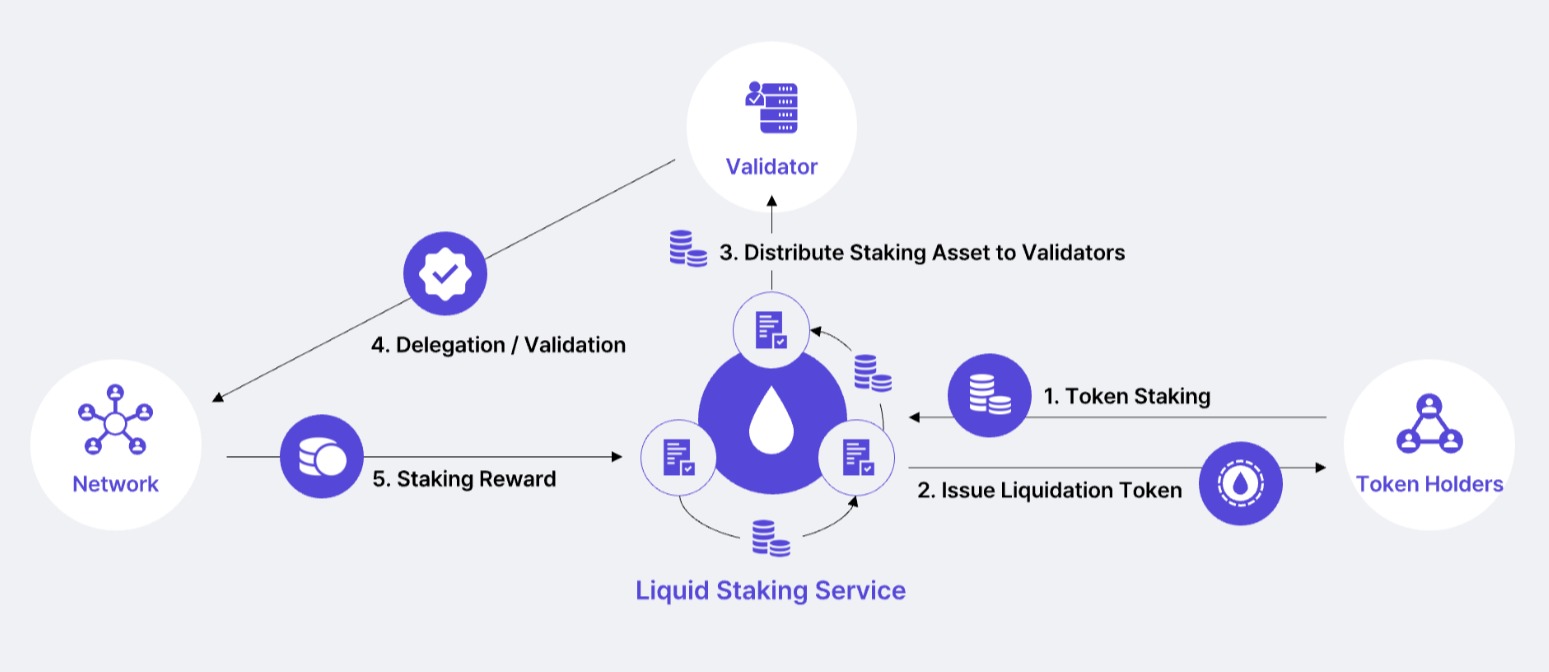Decentralized Autonomous Organization Legal Structure

Decentralized Autonomous Organizations (DAOs) have gained significant attention in recent years as a way for blockchain-based projects to fundraise and govern themselves. While DAOs offer a number of advantages, they also present unique legal challenges that must be carefully considered in order to ensure compliance with relevant laws and regulations. In this article, we will outline the key stages involved in setting up a legal structure for a DAO, as well as some of the key documents and considerations that may be relevant at each stage. Stages for DAO Legal Structure (i) R&D Company Registration The primary function of this company is to start hiring the team and developing intellectual property. This company is typically set up in the jurisdiction of the core team, and may be structured as a corporation, limited liability company, or other business entity. (ii) Token Issuer Registration This is typically necessary in order to start signing Simple Agreements for Futu...


.jpg)
.jpg)




.jpg)


